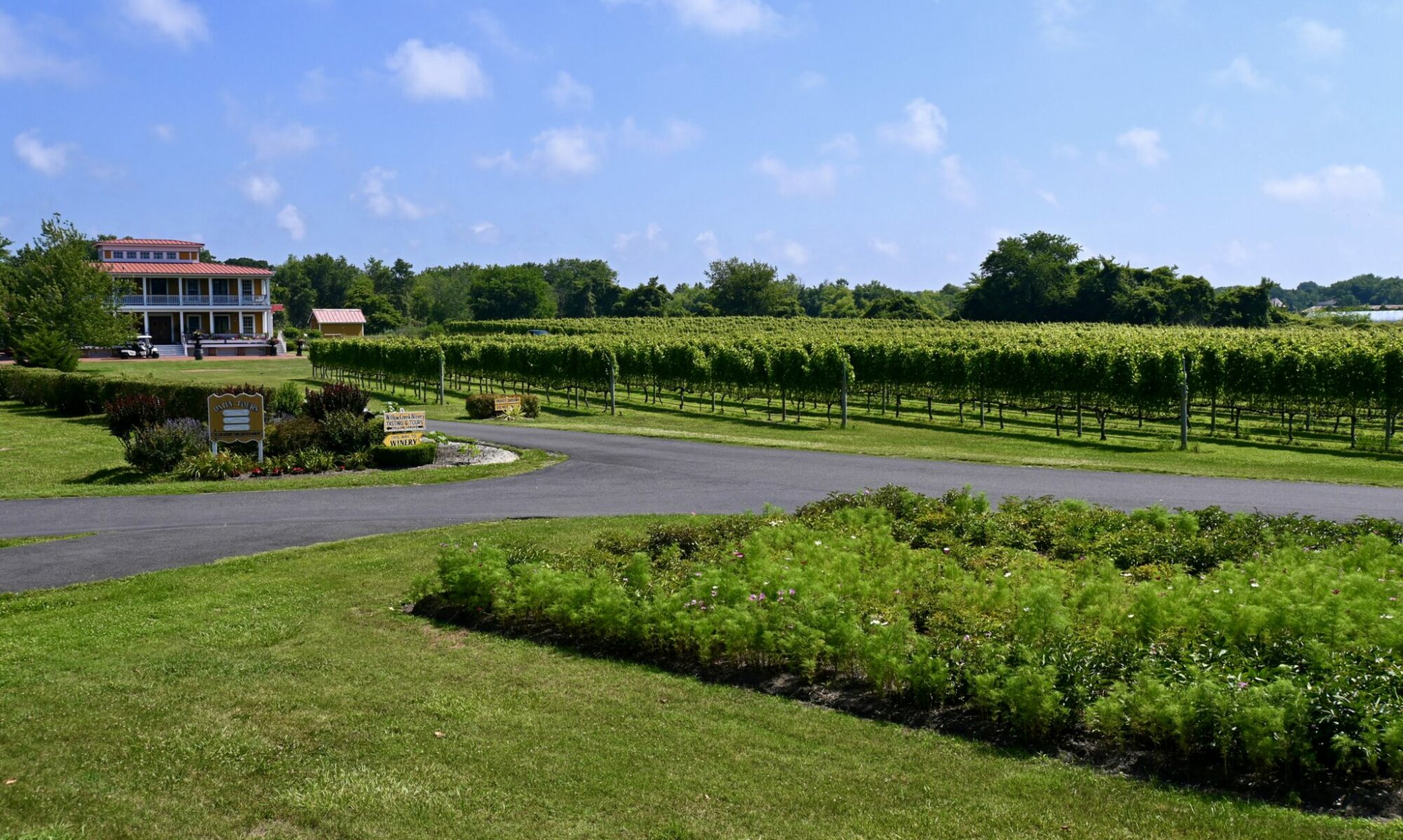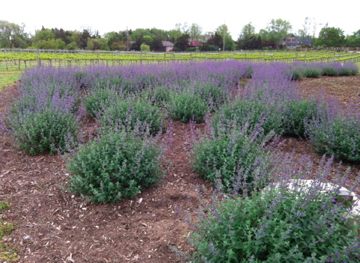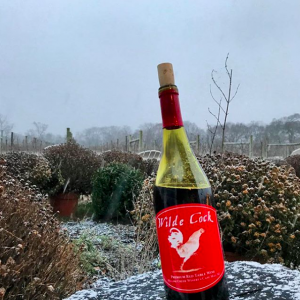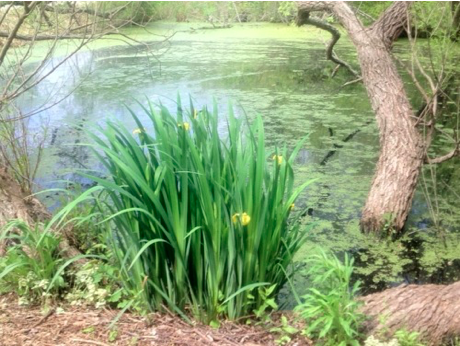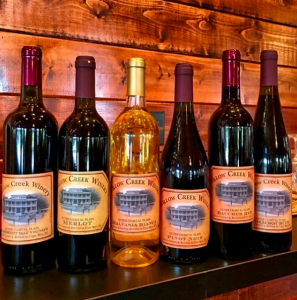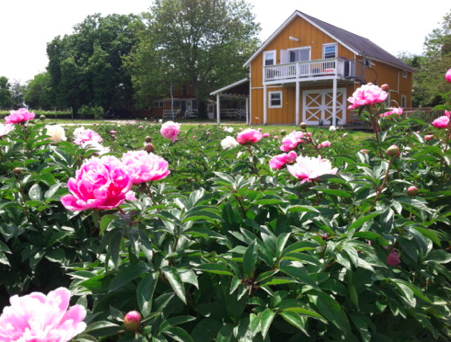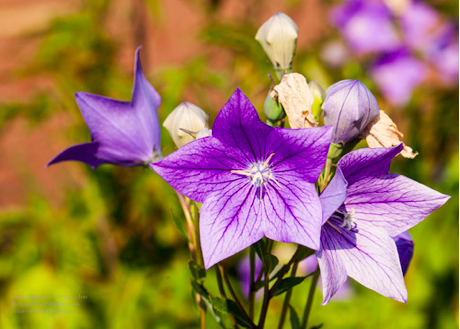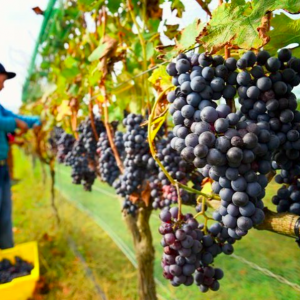Barbara’s Favorite Flowers: Camassia Quamash
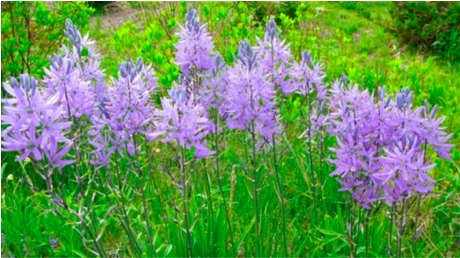
Another edition to Barbara’s Favorite Flowers is here! See what she has to say about this weeks entry.
I love blue flowers and Camassia Quamash is a great blue flower for early to mid Spring that can handle a damp, sunny or shady area. I use it in my shade gardens at the Mansion and in marshy meadows at the Vineyard. Meadow gardens are one my favorite natural gardens to design. Nature herself is truly the greatest muse. Wild bog meadows in southern New Jersey are sensual places with sedge, tawny grasses, and seasonal natural flowers like Swamp Mallow, Asters, Clethra, and Joe Pye weed catching the caress of the wind and glistening in warm sunlight offering beauty throughout the seasons.
The Camassia was originally placed in the Lilliaceae family and was a food staple for the American Indians. The bulb can be roasted and is actually sweeter than a sweet potato. (Yes, I ate one and it was very delish!) It can also be ground into flour.
Camassia is a friendly, easy to grow bulb that naturalizes well and rewards you with ever-larger swaths of brilliant azure blue every year.
